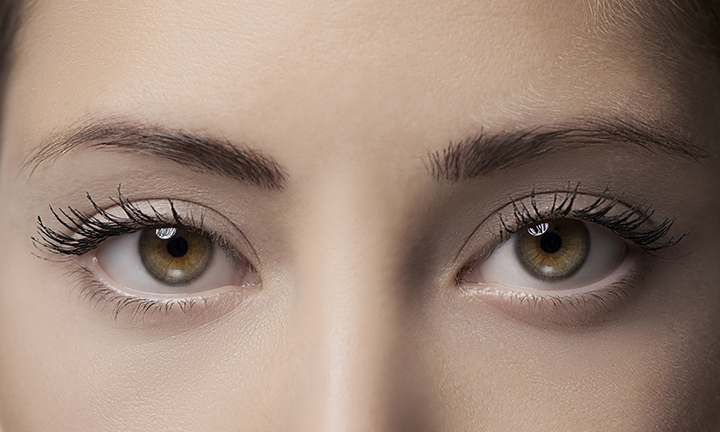
Short-sightedness is also known as myopia and refers to a situation where distant objects are unclear to the eye while near objects are clearly visible. It is relatively common, affecting upto 22% of the world’s population.
Degrees of Myopia
Myopia affects people of all ages, including young children and can significantly alter their quality of life depending on its degree. Myopia’s standard unit of measurement is the diopter, which represents the optical power. The degrees of myopia include:
Low myopia, which is slight shortsightedness presenting at -3.00 or less diopters.
Moderate myopia refers to shortsightedness at or below-6.00 diopters and at 0r above-3.00 diopters.
High myopia occurs at -6.00 diopters and above. At this level, vision is impaired significantly.
Common Forms of Myopia
The levels of short-sightedness vary from person to person, presenting different symptoms. They include:
Simple myopia is the most rampant form of short-sightedness and easy to correct as the eye function is near normal levels.
Degenerative myopia is a severe form of myopia thought to pass across generations and may eventually lead to blindness.
Nocturnal myopia is a type of short-sightedness that occurs in insufficiently lit areas and clears up as soon as there is adequate light.
Acquired myopia is caused by medications and certain conditions, including unregulated blood sugar levels.
Causes of Short-sightedness.
There are various factors leading to myopia and having a clear understanding of these causes is necessary to establish your level of risk.
Genetic History
You stand a higher chance of developing myopia if you come from a family already experiencing the problem. Certain races and populations like the Chinese and the Jews are associated with high incidences of myopia.
Environmental Factors
Lack of exposure to sufficient natural light or spending long periods indoors makes an individual more likely to develop myopia.It is especially vital for youngsters to have more outdoor activities to protect their eyesight.
Solutions for Myopia
While the onset of eye problems is unsettling for many, it is not the end of the world. As you check out eye doctor alexandria for a solution to your short-sightedness, here’s what to expect:
Prescription Glasses
Most eye doctors will recommend prescription glasses to protect myopia as they are the safest method. Before the doctor establishes the problem, they take you through an eye exam to determine an accurate prescription for your eyes.
Eye Contacts
Contact lenses are prescribed to control the progress of myopia. They are an excellent option for patients who do not wish to wear spectacles for whatever reasons. They are also a safer option for physical activities like sports. One downside of contacts is that without proper hygiene, you risk contractingfrequent eye infections.
Laser Surgery
Laser surgery is done with special tools to correct the cornea’s shape, whichbplays a significant role in the progression of myopia. However, the procedure is costly and comes with some risks, including regression and vision losses inrare cases.
Although myopia, when unmanaged, can lead to complications like cataracts and loss of vision, it is generally harmless to the larger population. Finding a solution befitting your personality is essential to help you lead an everyday life and manage daily activities.
